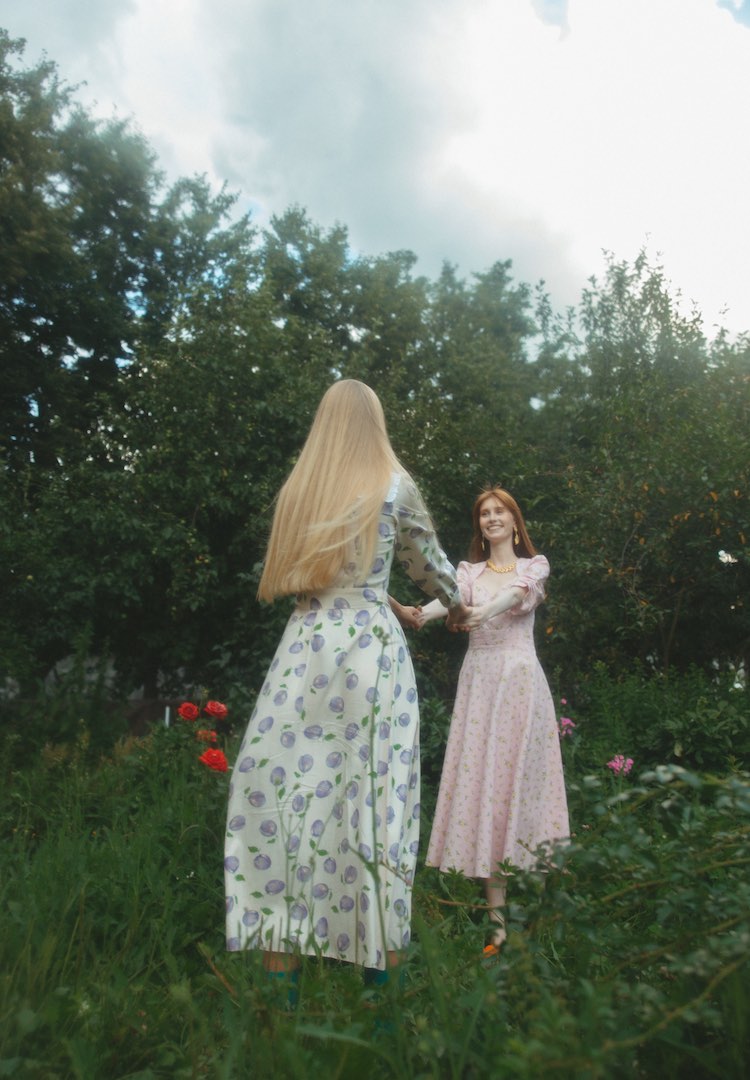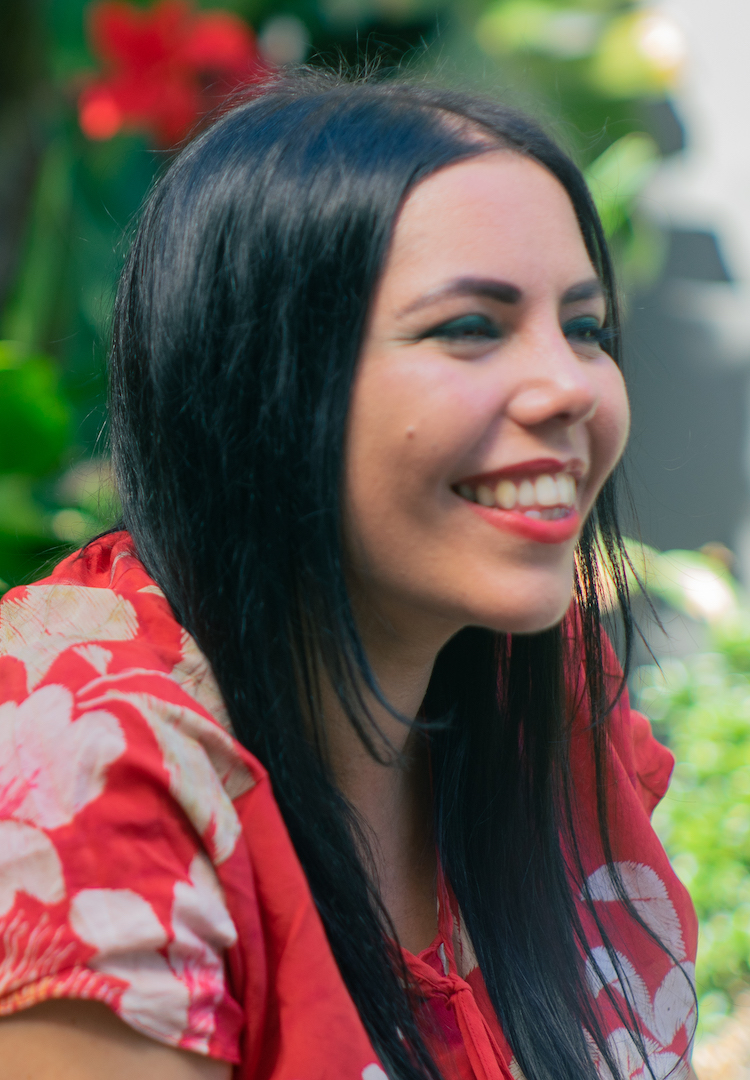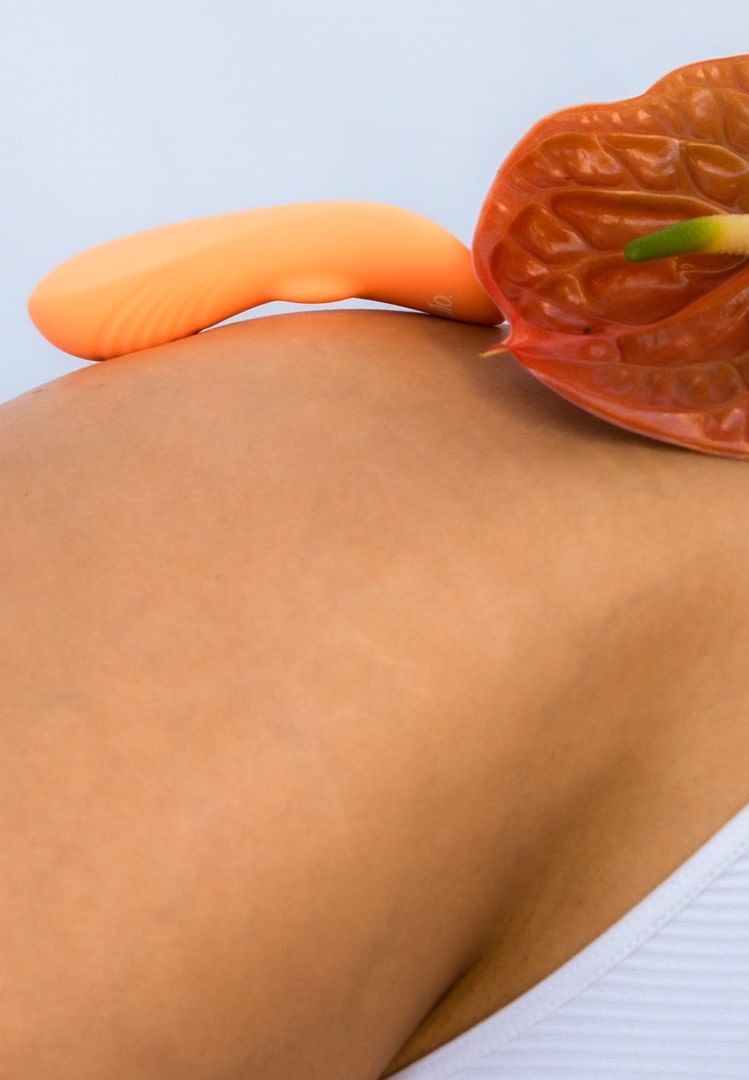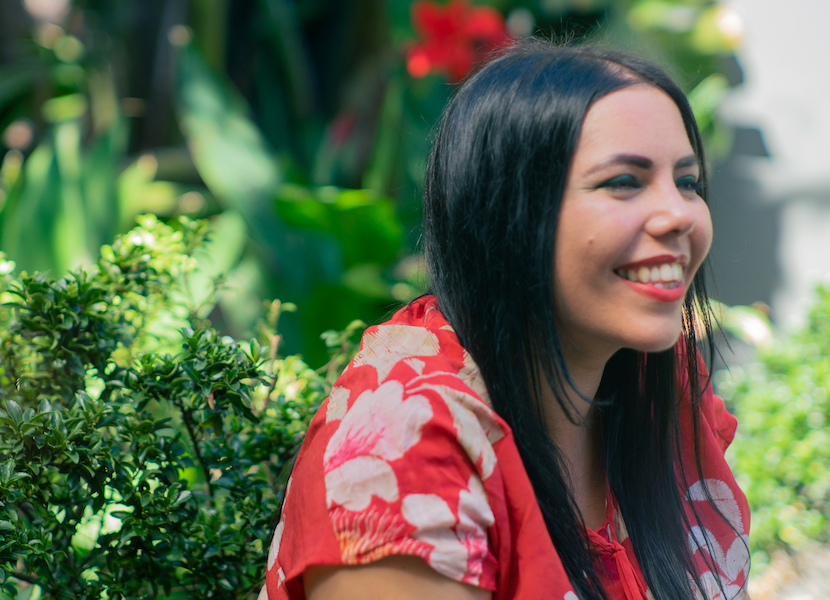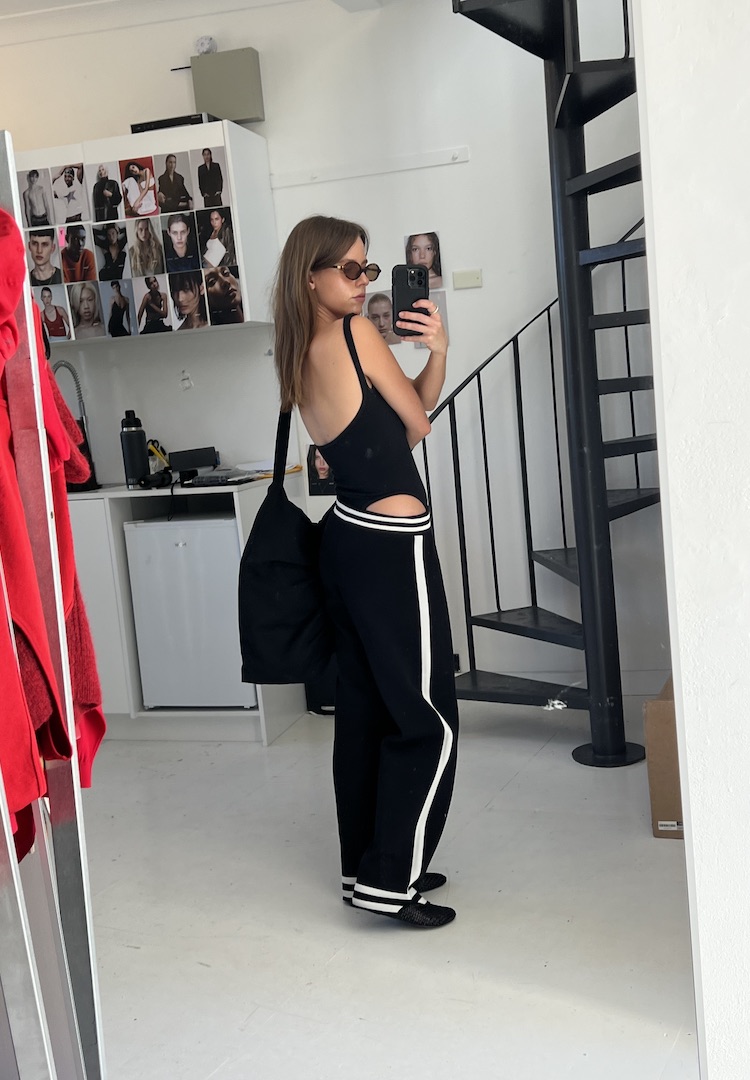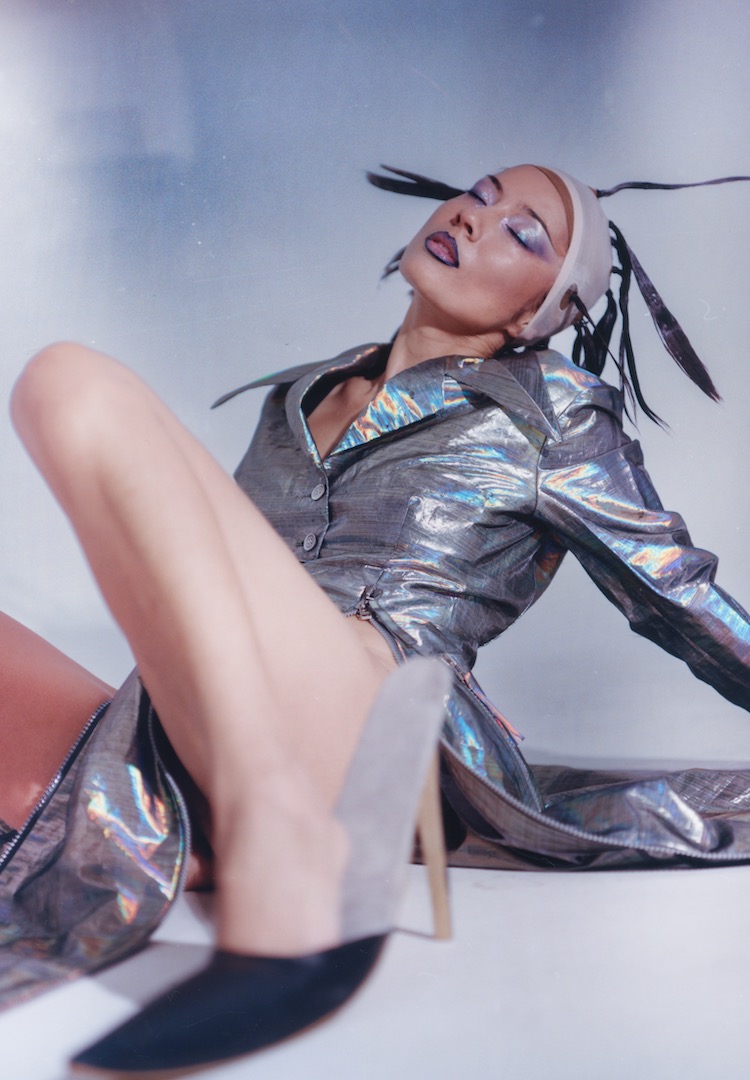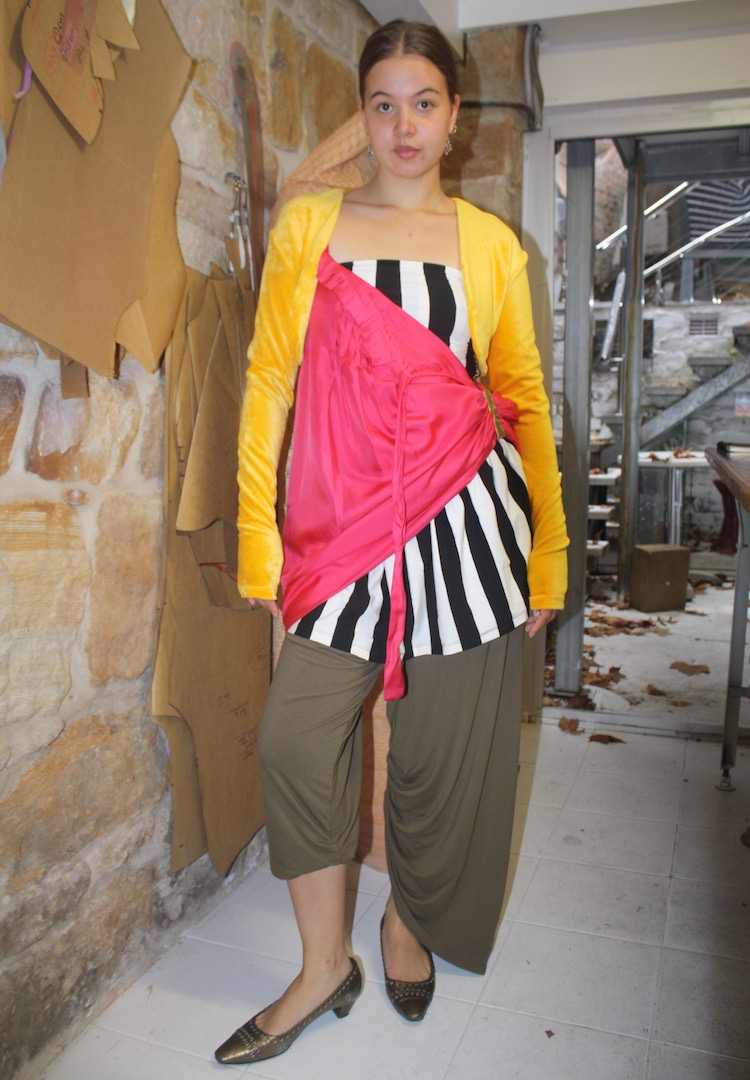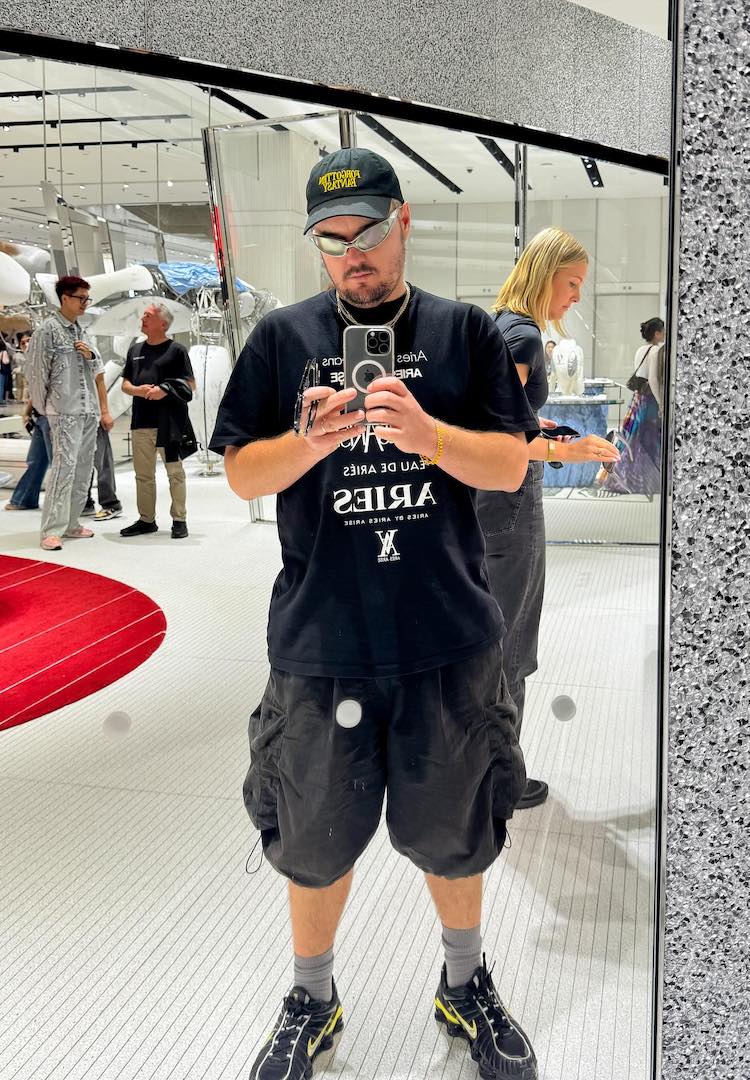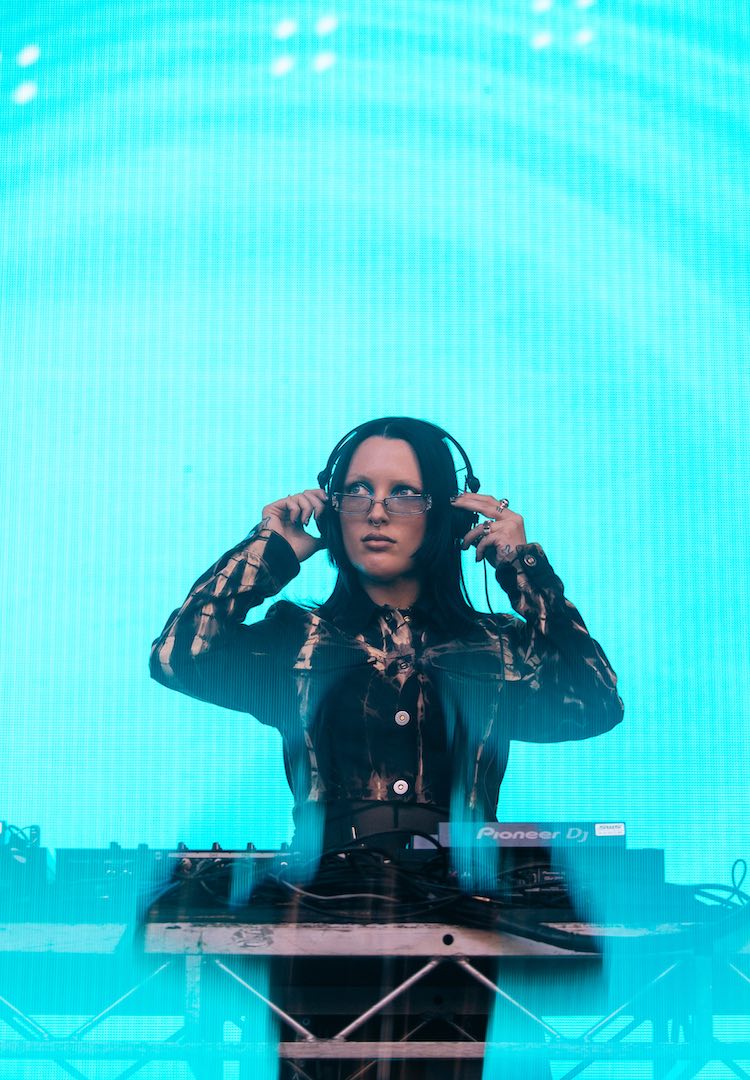How I Got Here: The National Wool Museum’s Senior Curator on learning on the job
“Many people imagine [curation] is just picking out things you like when it’s actually incredibly varied and often unglamorous.”
Have you ever stalked someone on LinkedIn and wondered how on earth they managed to land that wildly impressive job? While the internet and social media might have us believe that our ideal job is a mere pipe dream, the individuals who have these jobs were, believe it or not, in the same position once, fantasising over someone else’s seemingly unattainable job.
But behind the awe-inspiring titles and the fancy work events lies a heck of a lot of hard work. So what lessons have been learnt and what skills have proved invaluable in getting them from daydreaming about success to actually being at the top of their industry?
Looking for a new 9 to 5? Head to our Careers page for new listings daily.
Welcome to How I Got Here, where we talk to women who are killing it in their respective fields about how they landed their awe-inspiring jobs, exploring the peaks and pits, the failures and the wins and most importantly the knowledge, advice and practical tips they’ve gleaned along the way.
This week’s source of career inspiration comes from Josephine Rout, the Senior Curator at the National Wool Museum. With a Bachelor of Arts in English and Art History and a Master’s in History of Design, Josephine has put her further education to good use in the museum and gallery world. She’s worked in New Zealand, England, Japan and Australia and learnt a lot about curation along the way – a career line, she says, that was forged by experience on the job.
Challenges have been plentiful (for those on the job hunt, Josephine understands that the process is like a full-time job in and of itself), but they have only made her a better curator. Here, she shares some of the wisdom she’s gleaned.
What do you do and what’s your official job title?
I’m the Senior Curator at the National Wool Museum in the City of Greater Geelong. My main responsibilities are planning temporary exhibitions, managing our core galleries and developing the museum’s strategic vision.
View this post on Instagram
Take us back to when you were first starting out. Did you study to get into your chosen field, or did you start out with an internship/entry-level role and climb the ladder? Tell us the story.
Firstly, I really have my parents to thank as my dad was an architect and my mum works in literature, so I was exposed to these creative industries at a young age. The job I have now really combines elements of both – storytelling through spatial environments. My first degree was a Bachelor of Arts in English and Art History at the University of Canterbury in Aotearoa. When I was younger, I wanted to be a fashion journalist, but when I started university, I changed my focus to publishing.
It was only when I saw the exhibition Japonisme in Fashion by the Kyoto Costume Institute that I realised fashion curation was a career option and decided that was really what I wanted to pursue. While it wasn’t possible to focus on fashion history or even design, my professors were incredibly supportive of my interests and encouraged me to do postgraduate study. Rather than go straight into another degree, I moved to Auckland, where I got my first institutional job working as a Gallery Assistant at the Auckland Art Gallery Toi o Tāmaki, and then went to Japan with the Japan Exchange and Teaching Programme to teach English at public schools.
While there, I also looked at Master’s degree courses and chose the History of Design course at the Royal College of Art in London because it was taught in conjunction with the Victoria and Albert Museum (V&A). This provided many opportunities to meet [the] staff at the V&A and gain practical skills through placements working on museum displays. In 2014 I landed my dream job as an Assistant Curator at the V&A in the Asian department. My first major project was coordinating the refurbishment of the Toshiba Gallery of Japanese Art, and then I curated a Friday Late event to celebrate the reopening, at which I was able to showcase the work of emerging Japanese artists and designers.
After four years in that role, during which I did almost everything a junior curator could do, I got promoted to Curator level to work on a major exhibition, Kimono: Kyoto to Catwalk, which has been the ultimate highlight of my career so far. For personal and professional reasons, I started looking for positions closer to home, found the advert for this position at the National Wool Museum and moved for the job in 2022.
What challenges/hurdles have you faced getting to where you are now? Can you tell us about one in particular?
After I graduated with my Master’s, I really struggled to find a job, even though I was applying for almost everything I could find. It was like a full-time job in itself and I faced rejection on a daily basis. When I didn’t get an interview for my first application to the V&A for their Assistant Curator Development Programme, I was really disheartened and thought I had missed my chance. But then, after eventually finding a job at a small auction house, the position came up at the V&A again and not only did I get an interview, but I got the job.
What is interesting is that while my CV was almost exactly the same, I think that the first time I had emphasised my academic skills, whereas, in the second application, I focused on the practical elements of the job I was doing, which was actually far more suited to the Assistant Curator role. My recent move from the V&A to the National Wool Museum presents completely new challenges as I had become accustomed to the ways of one (very large) institution and now find myself responsible for areas that are new to me, but that’s exactly why I took on the role.
What do you want people to know about your industry/your role?
How the industry is and that no two museums are the same! Just think of how an art gallery differs from a natural history museum, yet both types of institutions have curators. The scale and location of the organisation also determine your role and responsibilities. It’s important to know how many varied roles there are in our sector – you don’t have to be a curator to work in a museum and it might be that your skills are better suited to another aspect of museum work, such as conservation, learning, communications or development.
What’s the best part about your role?
Being able to collaborate with such a wide variety of people. My first project here at the National Wool Museum is the ‘We The Makers – Sustainable Fashion Prize‘ and I have been working closely with our Communications and Partnerships Officer and marketing agency to create the visual identity for the project. It’s always so exciting seeing how people respond to a brief and manage to surprise you with their creativity! The very best moment when working on an exhibition is definitely when it opens – the team can finally relax and celebrate while you get to see the first reactions to the show.
View this post on Instagram
What would surprise people about your role?
The term curation is so overused now that I think many people imagine it’s just picking out things you like when it’s actually incredibly varied and often unglamorous. I discovered that in my first week as a curator when I had to climb up ladders to open cases and inspect bug traps.
Public museum curators don’t have free range to program and have to consider our various audiences and what is best for the institution. We also work with tight budgets yet have to compete with the commercial sector which is becoming increasingly challenging.
View this post on Instagram
What skills have served you well in your industry?
Tact and diplomacy. Working in museums means you have a lot of different stakeholders and the curator is usually at the centre of a project ensuring that everyone is informed and satisfied. It’s also a very public-facing role and you need to be prepared to answer all questions.
The pace of museums means you need to have patience, as projects often take a long time to develop, yet you also need to be very quick at problem-solving, particularly during installs.
What advice would you give to someone who wants to be in a role like yours one day?
Take every opportunity you can get in this field as almost all experiences will have transferable skills and are likely to lead to future projects. Be active and go to relevant events such as openings, talks and conferences to network and meet people in the industry. It might be intimidating, but remember that most of the people you will meet have been in your position and know how hard it can be to gain a foothold in the arts. However it’s also important to make a good first impression – it’s a small industry that values generosity and integrity, and curators tend to have strong memories.
What about a practical tip?
Find a mentor! I was incredibly lucky to have a brilliant mentor at the V&A, Anna Jackson, who is a highly regarded and experienced curator. Working with her on the kimono exhibition was a masterclass in curation as so much of what we do is learnt on the job. While I was able to find my mentor within my organisation, you can always seek one out if you’re still trying to get into the industry, or if there isn’t anyone appropriate in your workplace.
Entries for National Wool Museum’s ‘We The Makers – Sustainable Fashion Prize’ open on February 22 and close on April 16. For more details, head here.

